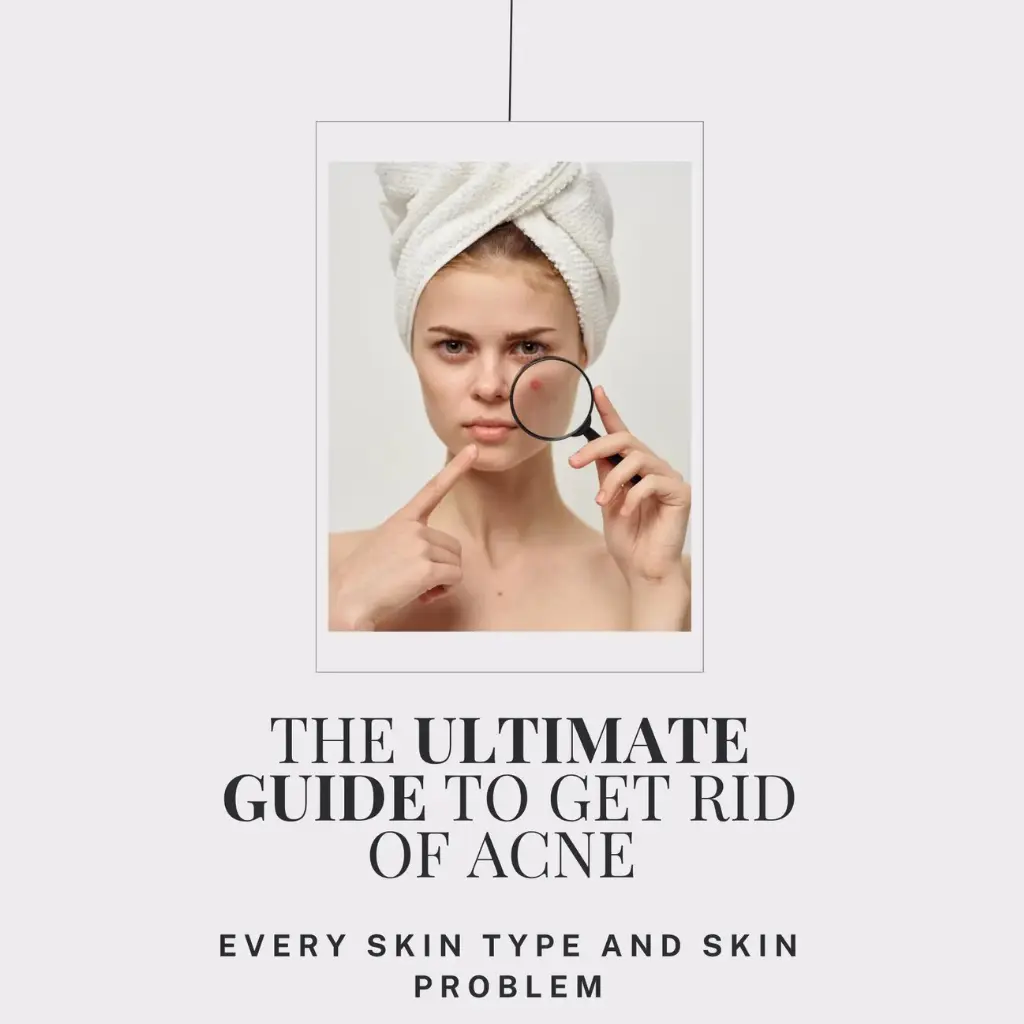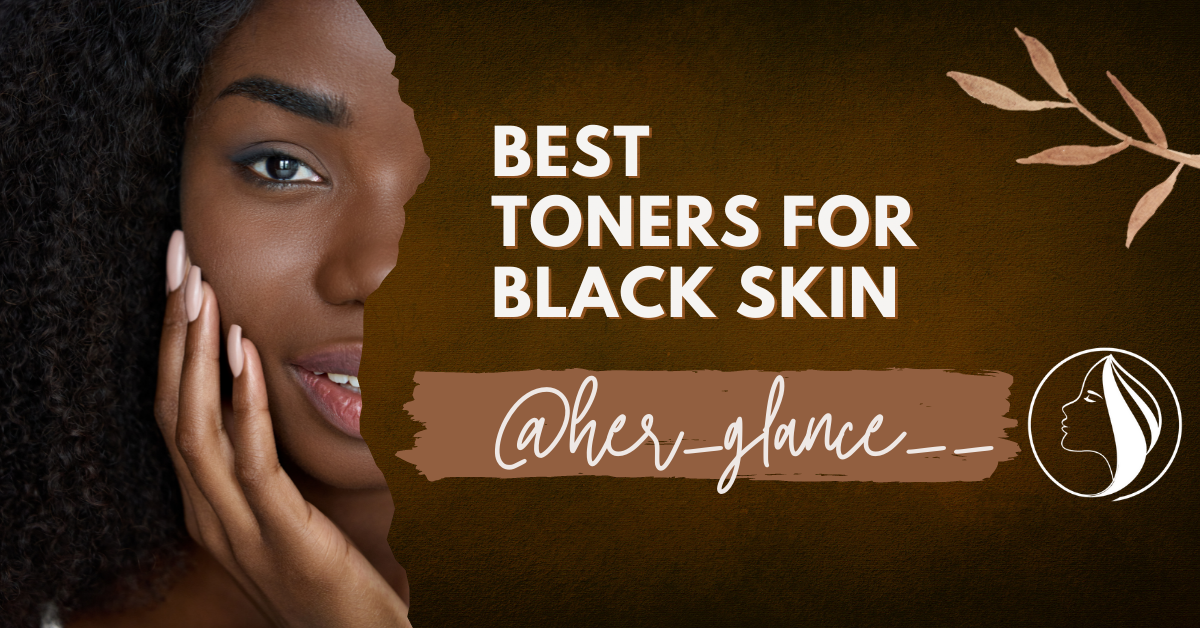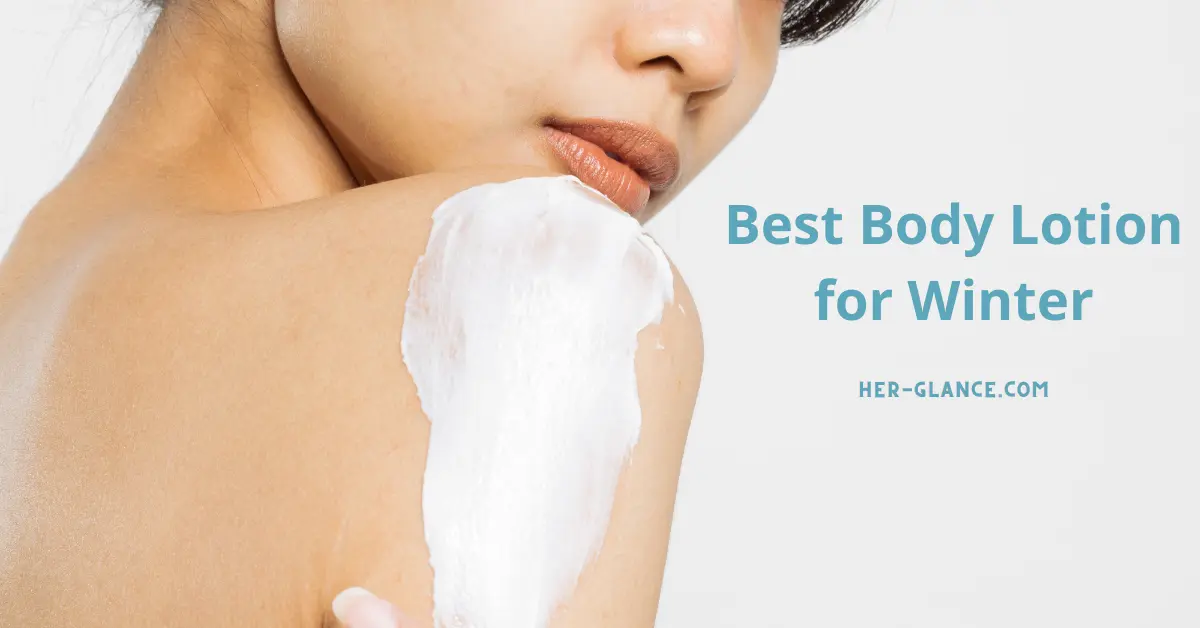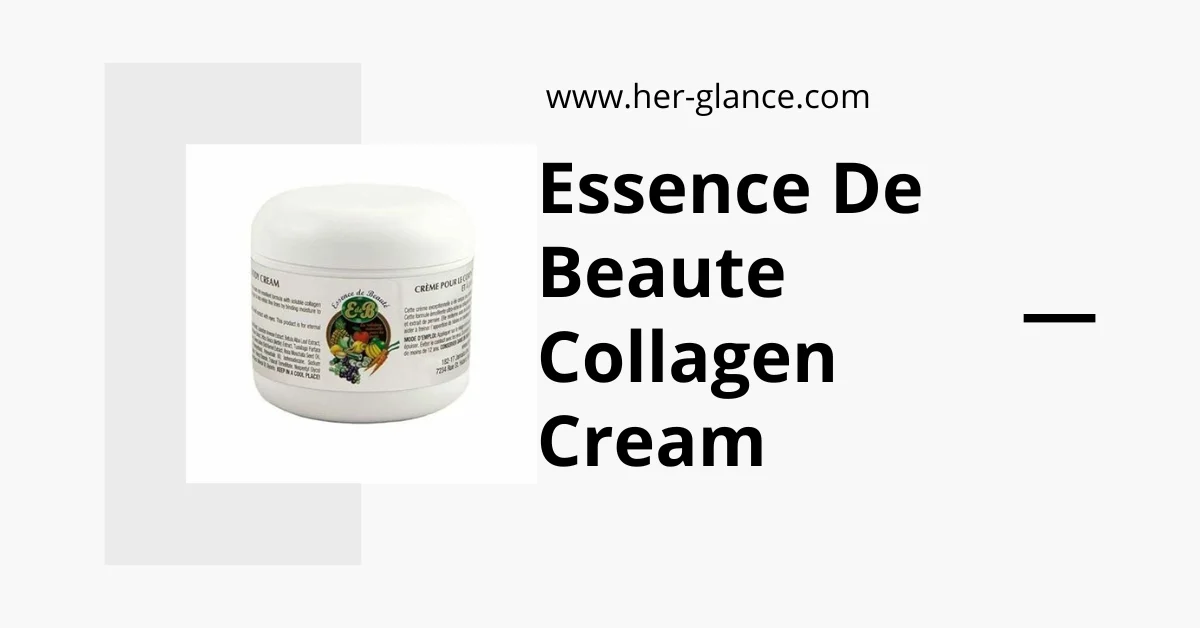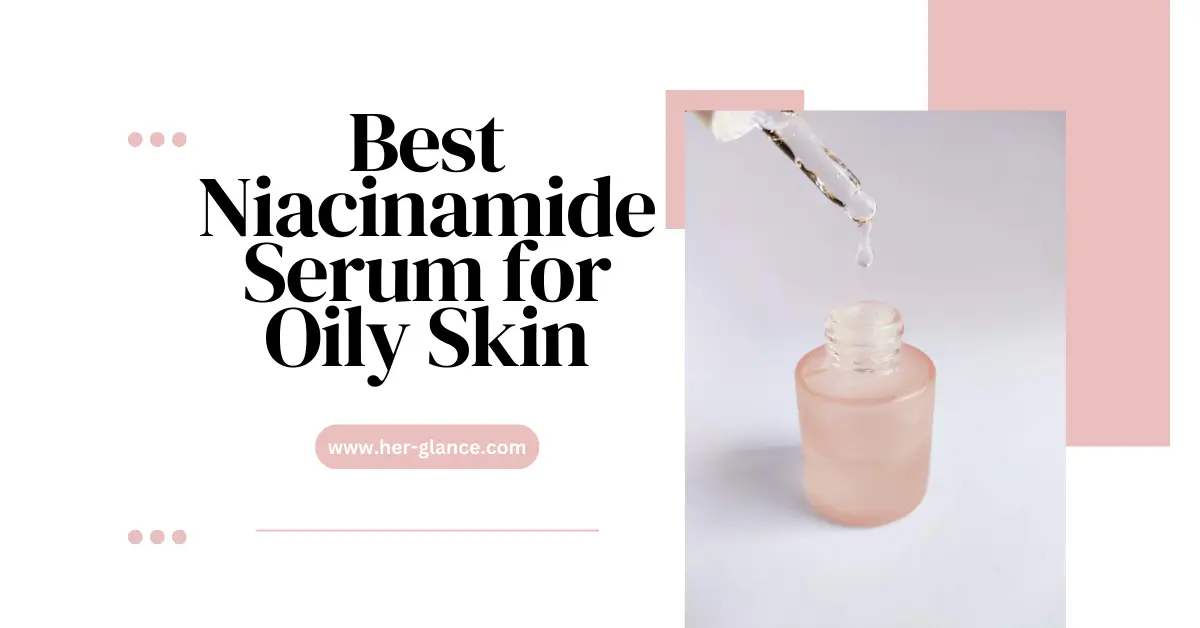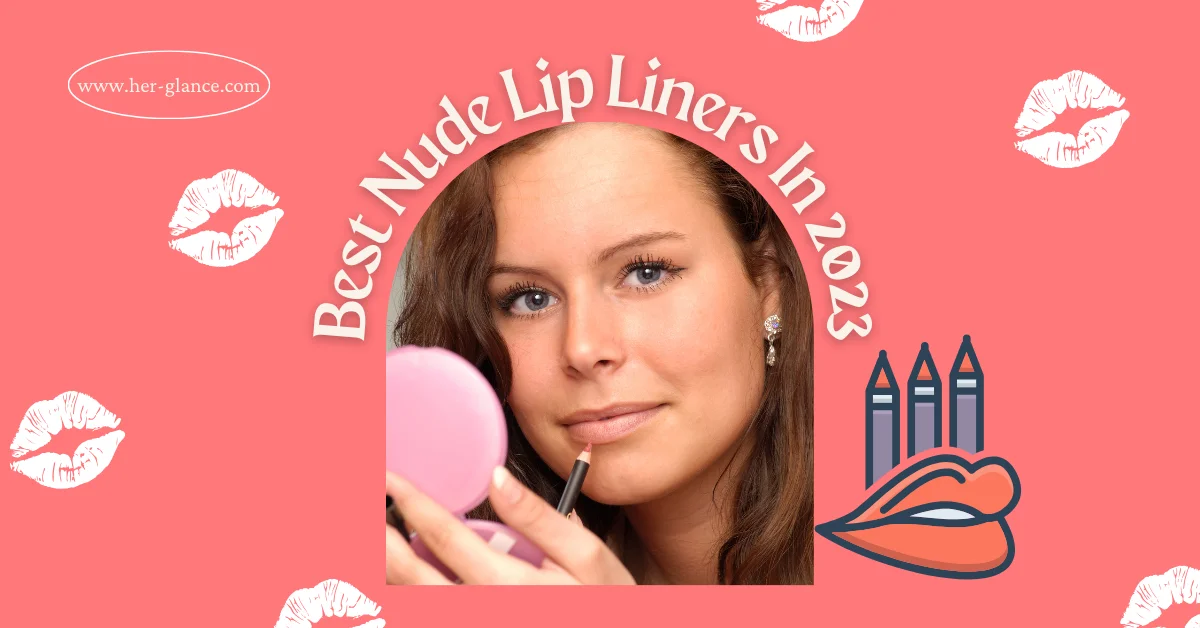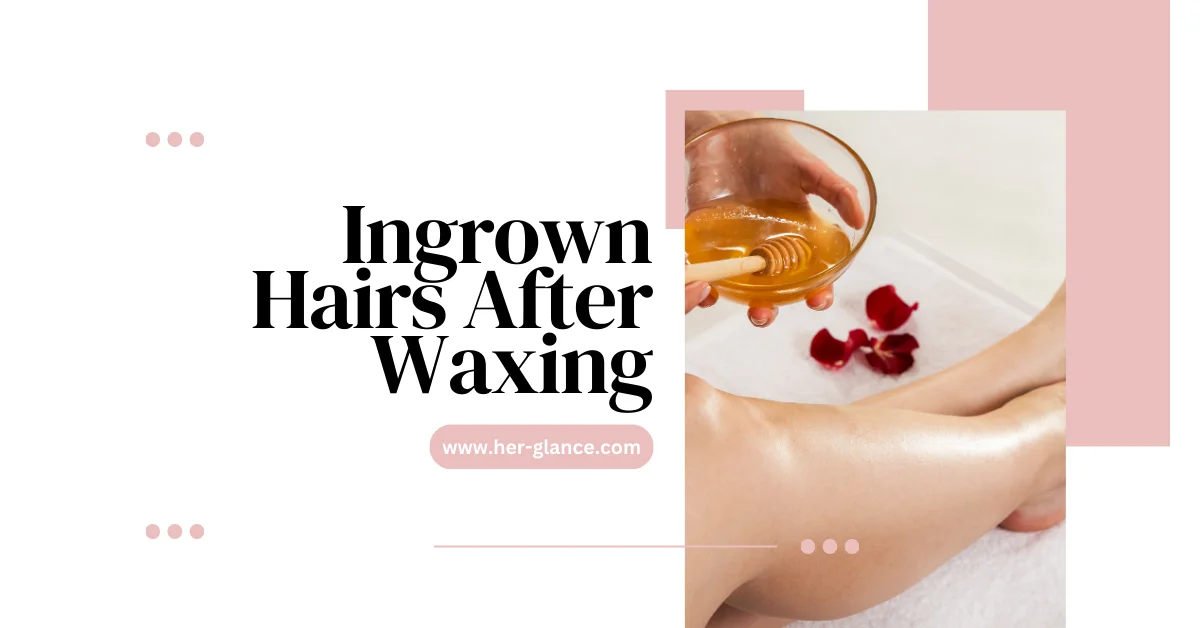What Is Best UV Index For Tanning?
You’re eager to get that perfect summer tan, aren’t you? But do you know the best UV index for tanning? It’s important to understand how the sun affects your skin and how to protect it. Having a golden glow shouldn’t cost you your health. In this article, we’ll explore the UV index, its impact on tanning, and how to safely achieve your desired tan. Let’s dive in!
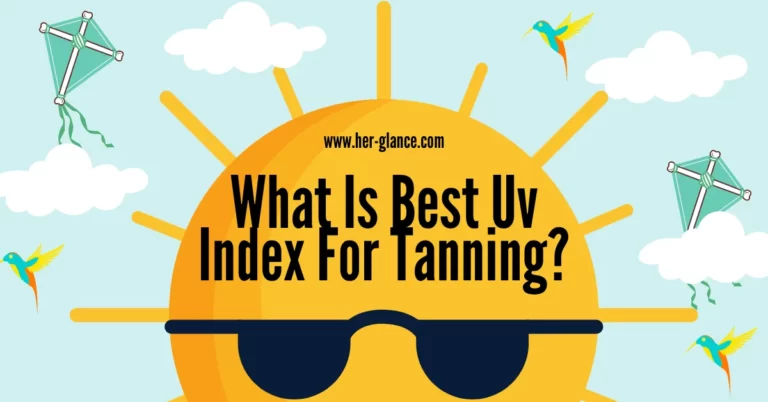
- What Is UV Index?
- How Does The Sun Tan Your Skin?
- How Does The Tanning Work?
- What Types Of UV Rays Exist And How Do They Affect Tanning?
- What UV Index Is Best For Tanning?
- How Can You Determine UV Index At Your Current Location?
- How To Find A Good Spot For Tanning?
- How Long Should You Tan For Based On The UV Index?
- Is It Safe To Tan On High UV Index?
- How Can You Protect Yourself Form UV Radiation?
- Which SPF Factor Is Needed Based On The UV Index?
- How To Properly Use Sunscreen To Protect Yourself From The UV Radiation
- Best Sunscreens You Can Use Based On UV Index
- Frequently Asked Questions
- What Are the Potential Health Risks Associated With Tanning?
- How Does Tanning Affect Different Skin Types?
- What Are the Signs of Sunburn to Look Out for When Tanning?
- Can I Still Get a Tan if I'm Using a High SPF Sunscreen?
- What Are Some Alternative Methods to Achieve a Tanned Look Without Sun Exposure?
- Conclusion
What Is UV Index?
You’re probably wondering what the UV Index is, aren’t you? Well, let’s dive right into it. The UV Index is a standard measurement used globally to indicate the strength of the sun’s ultraviolet (UV) radiation at a particular place and time. It serves as a critical tool for those who spend significant time outdoors, like you, eager to safeguard others from harmful solar exposure.
Understanding this index allows you to better serve your community by promoting safe sun practices. Imagine being able to advise on the best times for outdoor activities or guide people on using sun protection effectively based on UV levels – that’s where understanding this index becomes invaluable.
The scale starts at zero and has no upper limit, although values usually don’t exceed 11 in most populated areas. Low values (0-2) mean minimal danger from UV rays for average individuals. Conversely, high values signal intense UV radiation; anything over 6 calls for protective measures against skin damage and eye injury.
Now, here’s an important point to remember: The higher the index value, the greater the potential for damage from unprotected sun exposure. This knowledge empowers you to inform others about when they need sunscreen or should avoid direct sunlight altogether.
In essence, knowing how to interpret the UV Index equips you with crucial information needed in serving others more responsibly. So next time someone asks about tanning safely under the sun or just spending some quality outdoor time without harm, you’ll be ready with helpful advice thanks to your understanding of this handy little tool called the UV Index!
How Does The Sun Tan Your Skin?
When the sun’s rays hit your skin, they stimulate the production of melanin, which is what gives you that bronzed look. This process is your body’s way of protecting itself from UV radiation. However, overexposure to sunlight can cause damage to your skin cells and increase your risk of developing skin cancer.
The UV index plays a pivotal role in this process by helping you determine when it’s safe to be outdoors. It’s important for you to understand how UV radiation varies throughout the day so that you can make informed decisions about when it’s best to catch some rays.
Here’s a simple table to help illustrate:
| Time of Day | UV Index | Safe for Sunbathing? |
|---|---|---|
| Morning | Low | Yes |
| Midday | High | No |
| Afternoon | Medium | Use Caution |
Morning hours usually have low levels of UV radiation and are safer for tanning. As noon approaches, the intensity increases significantly – exposing yourself during this period without protection isn’t advisable. In the afternoon, though still intense, UV radiation begins to decrease; nonetheless caution should still be exercised.
How Does The Tanning Work?
It’s the melanin production in your skin that really drives the tanning process. When UV rays hit your skin, they stimulate cells called melanocytes to produce more melanin, which is a pigment that darkens your skin. This is your body’s defense mechanism against harmful sun damage.
Understanding how this process works can help you serve others better, especially if you’re in fields like dermatology or cosmetology. You’ll know that while a tan might look healthy on the surface, it’s actually a sign of skin damage and potential harm. That awareness can guide you when advising others on skincare and sun protection practices.
Now you may wonder about those who get a tan easily versus those who simply burn. It all comes down to different types of melanin: eumelanin and pheomelanin. People with higher amounts of eumelanin tend to tan more readily without burning because eumelanin absorbs UV radiation effectively and dissipates it as heat.
In contrast, those with more pheomelanin are prone to burning since pheomelanin isn’t as effective at absorbing UV rays. They have to be extra cautious about sun exposure due to an increased risk for skin cancer.
What Types Of UV Rays Exist And How Do They Affect Tanning?
In the realm of sun exposure, you’ll encounter two main types of rays that impact the tanning process: UVA and UVB. Understanding these rays will help you guide others in achieving a safe and healthy tan.
UVA is short for Ultraviolet A. These rays are responsible for the immediate tanning effect due to their ability to penetrate deeper into your skin layers, causing a reaction with melanin, your skin’s natural pigment.
UVB stands for Ultraviolet B. This type of ray is primarily responsible for delayed tanning and sunburn because they affect the surface of your skin. They stimulate new melanin production, which results in a darker tan after 48-72 hours.
Here’s a quick rundown on both:
- UVA Rays: You’ll find these present all year round, even on cloudy days! They can lead to premature aging if you’re not careful.
- UVB Rays: These guys are more prevalent during summer months and can be particularly intense around midday. Remember that they cause sunburn!
- Tanning Process: Your body responds to UV damage by producing more melanin – this gives you that tanned look.
- Protection: It’s crucial to use sunscreen with both UVA and UVB protection whenever exposed to sunlight.
What UV Index Is Best For Tanning?
For optimal sun exposure that’ll contribute to a desirable glow, you’d want to pay attention to the UV forecast. It’s important for your safety and for achieving that perfect tan. The UV Index measures the intensity of the sun’s ultraviolet rays. This index can help you determine when it’s best to soak up some sun.
| UV Index | Time For Tanning |
|---|---|
| 0-2 | Not ideal |
| 3-5 | Good (avoid midday) |
| 6+ | Risky (limit exposure) |
A UV Index between 3 and 5 is generally considered good for tanning. However, beware of midday hours when the sun is at its strongest – this could lead to burns rather than a beautiful bronze! A UV Index above 6 indicates strong sunlight; limit your exposure during these times or risk damaging your skin.
But remember, everyone’s skin reacts differently, so listen to your body! You might tan easily in lower UV Indices or burn quickly even when they’re moderate.
How Can You Determine UV Index At Your Current Location?
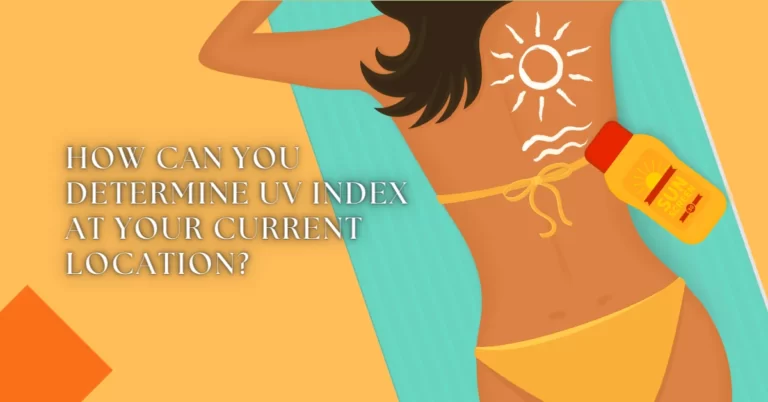
You’re able to find out the current sun intensity at your location by checking various weather forecasting websites or apps, which include this information in their daily reports. By doing so, you can ensure that you’re serving your own health needs while potentially helping others too. Understanding the UV index helps in planning outdoor activities and protecting skin from harmful ultraviolet radiation.
Here are few ways how you can determine the UV index:
- Weather Websites: Many weather forecasting websites provide real-time data on UV Index. Just type in your location and get an immediate result.
- Mobile Apps: There are plenty of mobile applications for both iOS and Android users that give real-time updates about UV Index based on your geographical coordinates.
- Local News & Radio Stations: Local news channels and radio stations often provide updates about weather conditions including UV Index.
- National Weather Service (NWS): The NWS website provides a map showing real-time UV Index across different regions.
How To Find A Good Spot For Tanning?
Finding a prime spot to soak up some sun requires considering a few factors, such as time of day and the amount of shade available. You’ll want to choose a location that allows for maximum exposure during peak sunlight hours, typically between 10 am and 3 pm. But don’t forget about comfort! Ensure there’s enough shade nearby to retreat when you need a break from the heat.
Now, remember it’s not just about finding the right place; it’s also about serving others in this shared space. We all enjoy the sun in our own way, so be mindful of those around you. If you’re at the beach or park, respect others’ space and keep your music or conversations at an enjoyable level.
And here’s something else: be aware of your environment. Protecting our natural surroundings is crucial for everyone’s enjoyment now and in future summers to come. Don’t leave trash behind – pack out what you’ve brought with you. If you see litter lying around, do your part by picking it up.
Lastly, educate yourself on local regulations regarding sunbathing spots – they’re there for everyone’s safety and enjoyment. Some areas may have specific rules pertaining to tanning or other activities.
How Long Should You Tan For Based On The UV Index?
It’s crucial to know how much time under the sun is safe for your skin, considering the strength of the solar rays on any given day. You’re not just tanning; you’re safeguarding your health. The Ultraviolet (UV) index can serve as a guide to help manage your exposure.
The UV Index measures the intensity of UV radiation:
- Low (0-2): Feel free to enjoy the outdoors for at least 3 to 4h but don’t forget sunscreen.
- Moderate (3-5): Limit sun exposure during midday hours and wear protective clothing. (safe for at least 2h )
- High (6-7): Reduce time in the sun between 10 am and 4 pm. (safe for at least 1h )
- Very high/extreme (8+): Take extra precautions because unprotected skin can burn quickly. (Not advised to sunbath at all)
Remember, it’s not that much about how long should you tan for, rather how safely you can do it. It’s easy to get caught up in getting that perfect tan, but safety should be your priority. Overexposure won’t just lead to painful burns; it could also increase your risk for more serious issues like skin cancer.
With mindful planning and sensible precautions, everyone can enjoy a safe and healthy glow while soaking up some sunrays!
Is It Safe To Tan On High UV Index?
While some might argue there’s no harm in a bit of sunbathing, extreme caution should be exercised when the solar radiation levels are high. High UV index means increased risk for skin damage and health complications. It’s your responsibility to serve yourself and others by promoting safe sun habits.
You might be tempted to soak up as much sun as possible, especially on those scorching hot days when the beach is calling your name. However, it’s not just about getting that perfect tan; it’s also about maintaining your well-being and the health of those you care for.
Consider this:
| UV Index | Potential Harm |
|---|---|
| 0-2 | Minimal |
| 3-7 | High |
| 8+ | Very High |
The table above clearly shows how escalating UV index corresponds to increasing potential harm. Once the UV index hits 8 or higher, you’re looking at a very high risk situation.
In such situations, it’s crucial that you limit exposure to sunlight, particularly between peak hours of 10 am – 4 pm. This applies not only to yourself but also to those you are serving – family members, friends or anyone under your care.
Remember: prevention is always better than cure! So before stepping out into the sun, ensure everyone slathers on sunscreen with an SPF of at least 30+. Wear protective clothing and seek shade whenever possible.
In conclusion: No matter how tantalizing tanning may seem under a blazing sun, remember safety always comes first! As someone who cares for others’ well-being as well as their own, let’s promote safe tanning habits together!
How Can You Protect Yourself Form UV Radiation?

Having discussed the suitable SPF factor based on the UV index, let’s now delve into another crucial aspect – how you can protect yourself from UV radiation.
UV radiation isn’t all bad – it aids in vitamin D production and helps achieve that beautiful tan. However, overexposure to UV rays can lead to harmful effects like sunburns, premature skin aging, eye damage, and even skin cancer. So, it’s important you take steps to shield your skin.
Here are a few preventive measures:
| Protection Method | How It Works |
|---|---|
| Use Sunscreen | Apply a broad-spectrum sunscreen with an SPF of 30 or higher every two hours and after swimming or sweating |
| Wear Protective Clothing | Long-sleeved shirts, long pants or skirts can provide protection against UV rays |
| Don Sunglasses | Sunglasses that block both UVA and UVB rays offer the best protection for your eyes |
| Seek Shade | Try to avoid direct sunlight between 10 a.m. and 4 p.m., when the sun’s rays are most intense |
Remember, protecting your skin doesn’t mean you have to completely avoid the sun. You’re simply being proactive about your health while still enjoying some sunshine in moderation.
Which SPF Factor Is Needed Based On The UV Index?
- For UV index 0-2: You’re safe with an SPF of 15 or more. This level of protection will block about 93% of UVB rays.
- For UV index 3-7: Definitely opt for an SPF of 30 or higher which can block up to 97% of UVB rays.
- For UV index 8+: Don’t skimp here — use an SPF of at least 50 which can handle about 98% of those pesky rays.
How To Properly Use Sunscreen To Protect Yourself From The UV Radiation
It’s essential to know how to properly apply sunscreen in order to shield yourself effectively from harmful sun exposure. Sunscreen is a vital tool in your defense against UV radiation, but it should be used correctly to provide full protection.
Firstly, make sure you’re using a broad-spectrum sunscreen that protects against both UVA and UVB rays. The SPF should be 30 or higher. You might think the higher the SPF, the better; but actually, no sunscreen can block all UV rays, and high-SPF products may not offer much more protection than those with an SPF of 30.
Here are some steps for proper application:
- Apply sunscreen generously before going outdoors – it takes about 15 minutes for your skin to absorb the sunscreen and start protecting you.
- Use enough – most adults need at least one ounce (about a shot glass full) of sunscreen for their entire body.
- Reapply every two hours or immediately after swimming or excessive sweating.
- Don’t forget hard-to-reach areas like your back and the tops of your feet.
Remember that even if you’ve applied sunscreen perfectly, you’re still vulnerable. It’s not just about slathering on some lotion; it’s also about seeking shade during peak sun hours (10 am – 4 pm), wearing protective clothing, sunglasses, and hats when possible.
Best Sunscreens You Can Use Based On UV Index
You’re probably wondering, “What’s the best sunscreen for varying UV index levels?” Well, when it comes to high UV indexes, you can’t beat Blue Lizard Sensitive Mineral Sunscreen SPF 50. If you’re dealing with a medium UV index, Banana Boat Light As Air Sunscreen Lotion SPF 50 is your best bet, and for those low UV index days, CeraVe 100% Mineral Sunscreen SPF 30 has got you covered.
If these sunscreens are not enough info for you, we have a whole category of posts related to the. Here is the link so find the one that suits you the most.
Best Sunscreen For High UV Index
Blue Lizard Sensitive Mineral Sunscreen SPF 50

When dealing with high UV index, Blue Lizard Sensitive Mineral Sunscreen SPF 50 is the best product you’ll want to use for protection. You’re probably thinking: why this particular sunscreen? Well, there are several reasons:
- It’s designed specifically for sensitive skin; it won’t irritate or cause breakouts.
- It provides broad spectrum UVA/UVB protection; no sunburns on your watch!
- Its active ingredient is zinc oxide, a natural mineral known for its superior sun-blocking capabilities.
- It’s water-resistant. Sweat and splashes won’t wash away your defenses.
Best Sunscreen For Medium UV Index
Banana Boat Light As Air Sunscreen Lotion SPF 50

For those moderate sun-exposure days, Banana Boat Light As Air Sunscreen Lotion SPF 50 is the go-to product you’ll need. This lightweight formula won’t clog your pores or leave a white residue. Instead, it absorbs quickly, offering superior protection against harmful UVA and UVB rays.
Best Sunscreen For Low UV Index
CeraVe 100% Mineral Sunscreen SPF 30

On days with less intense sunshine, CeraVe 100% Mineral Sunscreen SPF 30 is your ideal choice. This sunscreen is perfect for those of you who serve others under a lower UV index and want to protect your skin effectively.
Here are some benefits that make it stand out:
- It’s a mineral sunscreen, meaning it’s great for sensitive skin.
- It contains hydrating ingredients like niacinamide, which promotes healthier looking skin.
- With an SPF rating of 30, it offers enough protection for days with a low to moderate UV index.
- And best of all? It’s lightweight and doesn’t leave behind any white residue.
CeraVe is one of the best brands out there in my opinion, make sure to read more posts about them on this link.
Frequently Asked Questions
What Are the Potential Health Risks Associated With Tanning?
You’re asking about the potential health risks of tanning. It’s important to know that while you might love the look of a tan, it can lead to serious issues. Tanning increases your risk for skin cancer, especially deadly melanoma. It also accelerates skin aging, causing wrinkles and age spots. Don’t forget, eye damage is another risk. So before hitting the beach or tanning bed, consider these factors and protect yourself appropriately.
How Does Tanning Affect Different Skin Types?
Tanning affects different skin types variably. If you’ve got pale skin, you’re more likely to burn than tan. Darker skin has more natural protection, but can still suffer sun damage. Remember, it’s important to always protect your skin from harmful UV rays, regardless of your complexion or desire for a tan. Skin cancer doesn’t discriminate and even a slight change in your skin can be a sign of something serious.
What Are the Signs of Sunburn to Look Out for When Tanning?
When you’re tanning, it’s vital to be aware of sunburn signs. These can include skin redness, swelling, and pain to the touch. You might also feel a hot sensation even without touching your skin. More severe symptoms could involve blisters or peeling skin. If you notice any chills, fever, nausea or confusion, that’s a sign of serious sunburn needing immediate medical attention. Always remember to protect your skin while enjoying the sun!
Can I Still Get a Tan if I'm Using a High SPF Sunscreen?
Absolutely, you can still get a tan even if you’re using a high SPF sunscreen. Sunscreen doesn’t block all UV rays, it just lessens your exposure. You’ll tan slower but safer. Remember, tanning is your skin’s reaction to damage from the sun. It’s always important to protect yourself from harmful UV radiation to avoid long-term skin damage or worse, skin cancer. Always prioritize safety over achieving that golden glow!
What Are Some Alternative Methods to Achieve a Tanned Look Without Sun Exposure?
You’re seeking alternatives to sun tanning, which is a smart move considering the risks associated with UV exposure. Self-tanning products are an option. They’re easy to apply and you can control the intensity of your tan. Spray tans done by professionals offer even coverage and instant results. You could also use makeup like bronzers for temporary color. It’s important to find methods that protect your skin health while achieving that sun-kissed look you desire.
Conclusion
So, you’ve learned the UV index best for tanning is between 2-5. But remember, even on low UV days, protect your skin! Based on the index, choose an appropriate SPF and apply sunscreen correctly. Don’t skip this step – it’s essential to avoid harmful radiation. There are plenty of great sunscreens out there suited to different UV levels. Stay safe and happy tanning!


